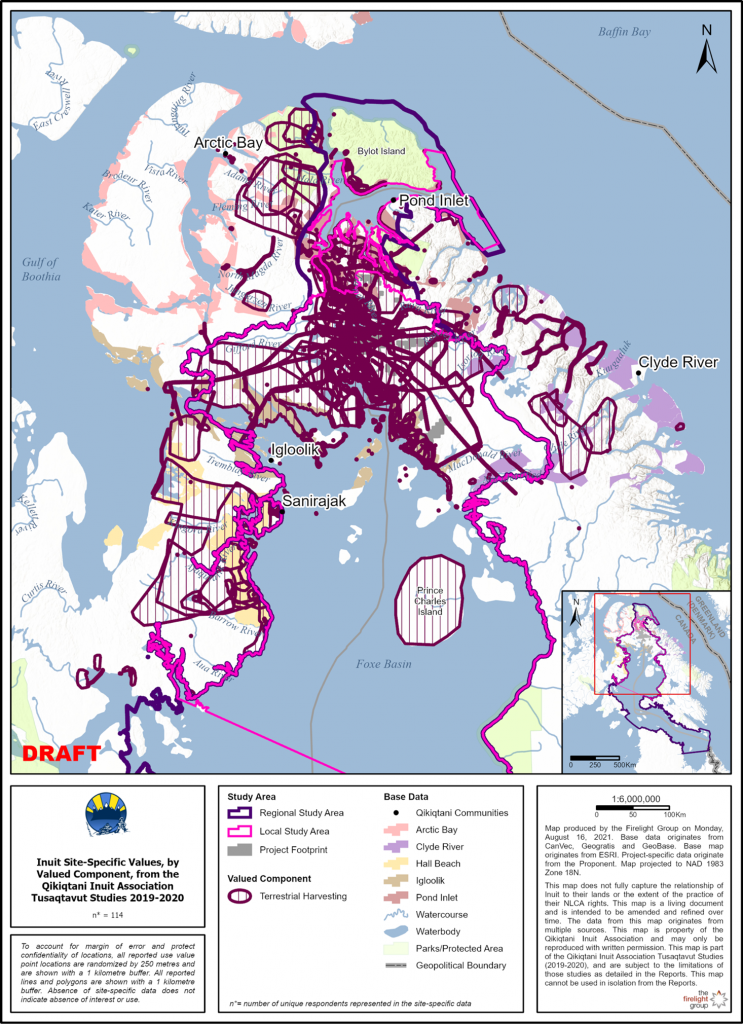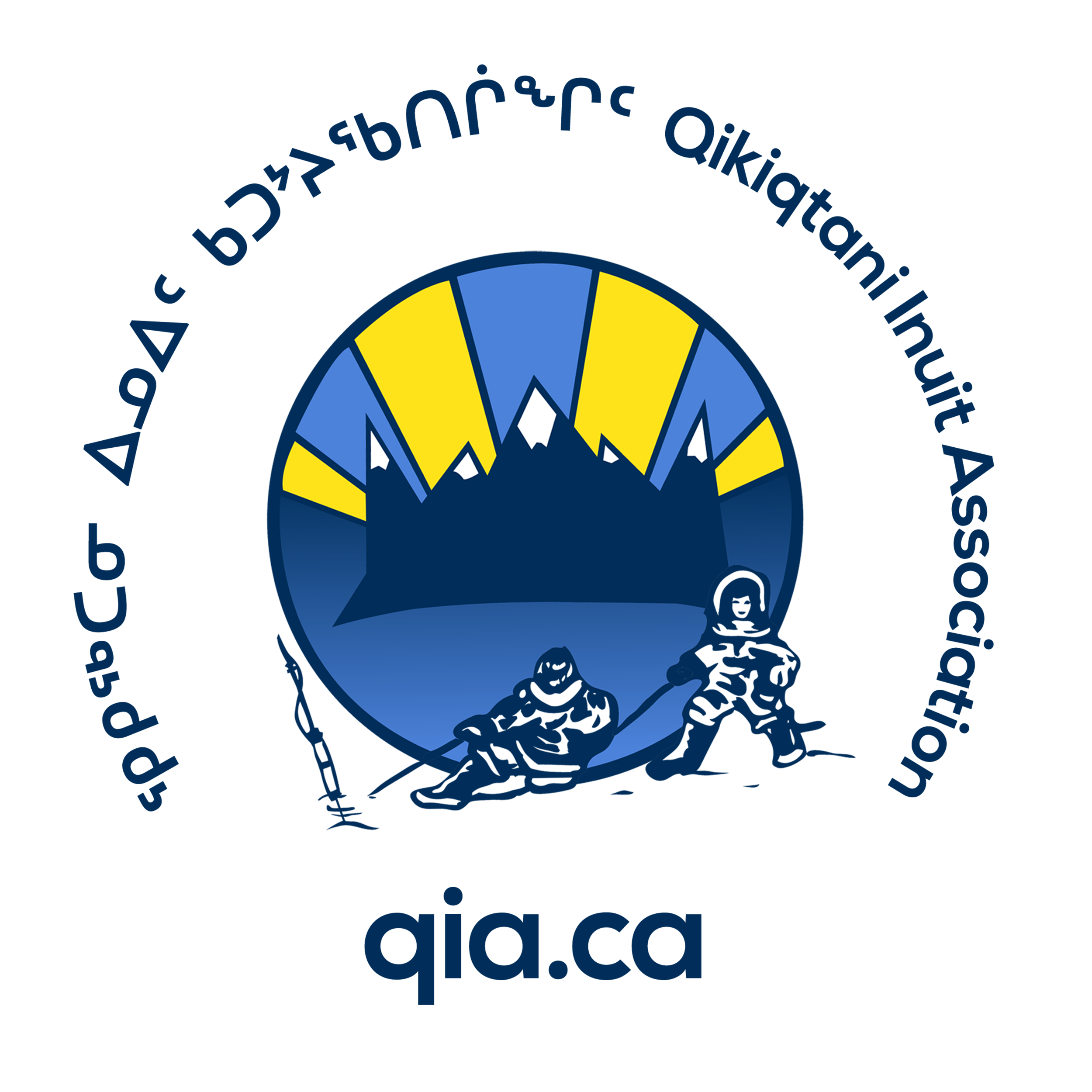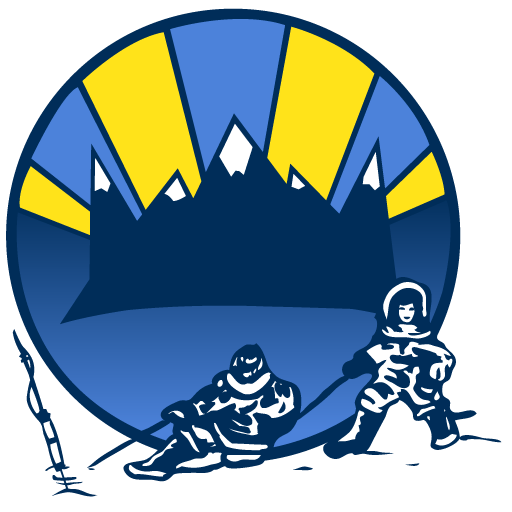LAND-BASED (TERRESTRIAL) HARVESTING
Community members explained to us that they also harvest many land-based animals and plants, in addition to marine animals. This includes animals like caribou, wolves, foxes, rabbits and hares, weasels, and lemmings, as well as different kinds of birds like snow geese, ptarmigans, eiders, ducks, loons, murres, and bird eggs. Some Inuit also talked about collecting plants on the land, such as blueberries and mountain sorrel.
Blueberries … Him and his wife [pick them] … That’s how men take their women out, blueberry picking is the most romantic thing ever … When the berries are ripe, usually around September, August. September. (A14, 05 November 2020, interpreted)
We heard from Inuit community members that land-based harvesting, like marine hunting, is an important part of the Inuit way of life. It is a way to get food, furs, and other resources that are important for survival and identity.
…caribou is important because that’s what we know. That’s our food source from the beginning of Inuit. And that knowledge is passed on for survival for clothing and the crucial role it played in us to get tools, material and sinew from the caribou. And the hide itself was our way of survival for clothing. Yeah. That’s why it’s important. (C14, 21 October 20, interpreted)
Inuit talked to us about setting up camps on the land to be close to caribou habitat and migration routes. Knowledge of animal behaviours and habitats are passed down between family members and generations of Inuit. We also heard from community members that there are two different herds of caribou of Baffin Island (mainland and island), which actually taste different.
South side and north side [of Baffin Island], because when we used to live here in this area [southern Baffin Island], we used to catch caribou, it’s a lot better taste than caribou here in this area [northern Baffin Island], very good, and nicely smelling caribou. I know Iqaluit and Pangnirtung and Igloolik and this are it’s a less, smaller for a different, little bit of different taste too. (P11, 06-Feb-19)
During interviews, community members discussed the many ways in which furs and hides are used to make clothing, and the techniques needed to do this successfully. We learned that different parts of animals of different ages are used for specific purposes, like crafting hats, boots, bedding, and sleds.
Between 20 to 30 [caribou caught] per summer and they would cache the meat…They would need to catch that many because in those days they need the skins for caribou parkas and pants. And footwear too. (P04, 05-Feb-19, interpreted from Inuktitut)
We learned that although caribou are very important for their meat and hides, Inuit from all five communities also trap and hunt for other animals like wolves, foxes, different species of bird, and also gather eggs. The furs of wolves and foxes are highly valued, while eggs are a favourite source of food for many.
And when they’re in their spring camp, they would gather eggs. From these islands … They would be completely filled with sea fowl … They would gather Arctic tern eggs, old squaw eggs, eider eggs … Geese eggs, and loon eggs. (I13, 28-May-19, interpreted from Inuktitut)
Community members told us that land-based harvesting ensures that there is enough food on the table, and is good for the health of people and the communities. For many Inuit, hunting on the land is a part of who they are and how they grew up.
Yeah, it’s always so joyful to go fishing and hunting anywhere, so this is no different than any other hunting that he’s done or fishing in other places, as well. It just makes him so happy to be out there on the land. (A14 2020, interpreted from Inuktitut)
Important Harvesting Areas
Mapping shows that the majority of the Mary River Project area is used for land-based harvesting to various degrees. Pond Inlet Inuit shared with us hunting and trapping areas both on Bylot Island (especially on the southwestern plain) and Baffin Island. Community members from Pond Inlet also mapped places along the Borden Peninsula on the western shore of Navy Board Inlet, as well as towards the head of Qinngua, inland along Phillips Creek to Mary River, and on the Tay Sound and Tugaat River uplands.
Community members from Arctic Bay and Clyde River showed us places in the southern part of the Mary River Project area, including near to the southern railway route and the planned port at Steensby Inlet. This includes hunting areas and habitat for caribou, and also for snow geese and Canada geese.
Inuit from Iglulik and Sanirajak highlighted hunting and trapping on the eastern and western shores of Ikpikitturjuaq. On Baffin Island, community members primarily showed us places along the eastern shores of Foxe Basin, south towards Ikpik Bay, as well as inland near Angijurjuk lake and towards Mary River.
Community members showed us traditional hunting areas and habitat for a number of animals, such as caribou around Qinnqua, Angajurjualuk Lake, Tugaat River, Emerson Island, Bylot Island, Kanajjuk Lake, Button Point, and the mountains and hills around the Mary River.

Possible Impacts from Mary River on Terrestrial Harvesting
Community members expressed many similar concerns about the Mary River Project and how it could affect the ability of Inuit to hunt and harvest from the land.
One of the major concerns is the Mary River Project’s planned railroads affecting the ability of caribou to move across Baffin Island. Caribou may not be willing to cross the railroads or would avoid the noise from trains. These changes could make hunting harder and more expensive and time-consuming for Inuit. In addition, we heard that caribou movements could be impacted by ships because they sometimes swim to reach their destinations. Community members also told us that caribou numbers would probably recover if there was no industrial development.
Road and rail traffic could also affect the behaviours and movement of other animals as well, such as snow geese, ptarmigan, weasel, and rabbits, changing where they usually feed, nest, or den. Community members told us that trucks or trains could also run into both large and small animals, killing them.
And the [railway] will be interfering with the migration route. For sure. We will keep seeing decline of the caribou. And as of right now, and for the past couple of years that Baffinland has been using Mary as – the migration route already affected caribou. (P19, 27-Apr-19)
Dust from mining being carried on the wind and contaminating wildlife was another concern we heard from community members. Some people have already seen discoloured foxes and rabbits, affected by the dust. This dust could be eaten by animals or humans with unknown impacts, and this has community members worried health and safety.
She heard that when hunters go out into the Milne area they can’t drink from the river and she said that the wildlife there, the artic hare and ptarmigan are becoming like coloured red from the dust, I guess. (P06, 05-Feb-19, interpreted from Inuktitut)






